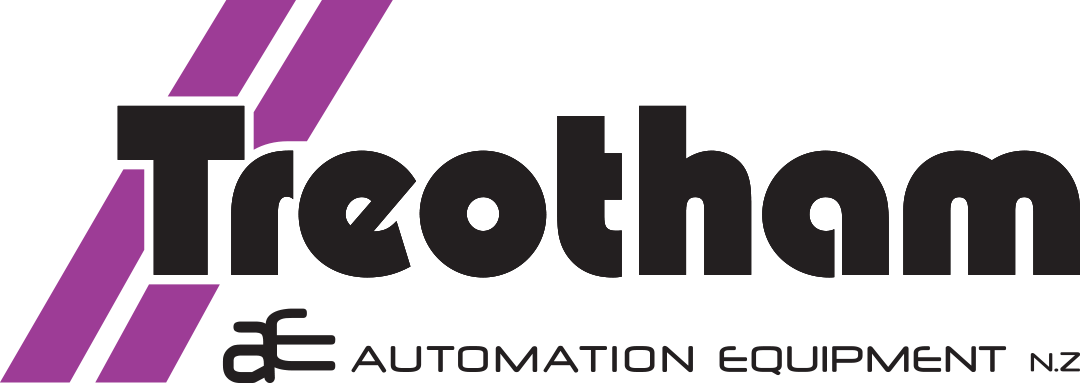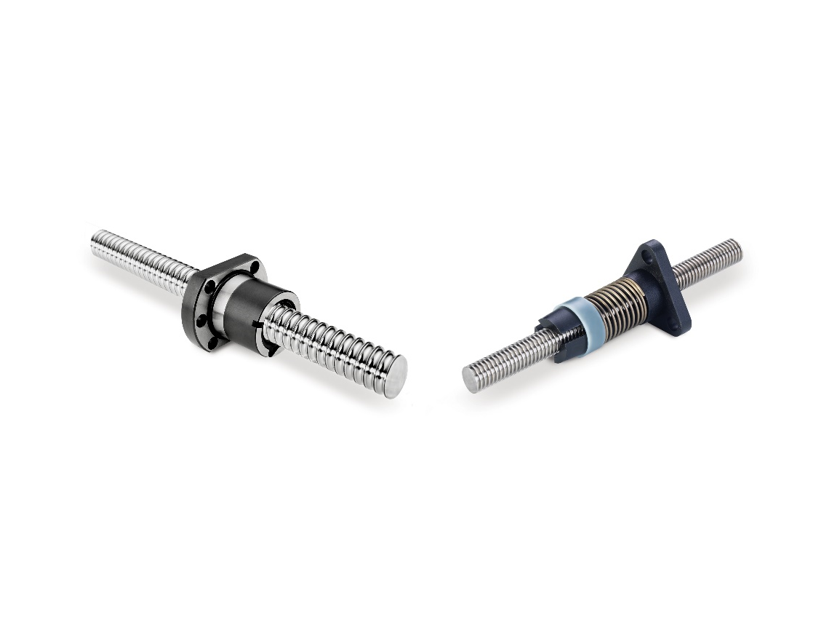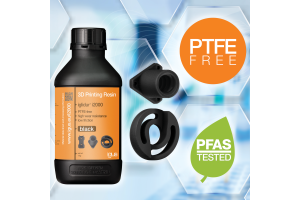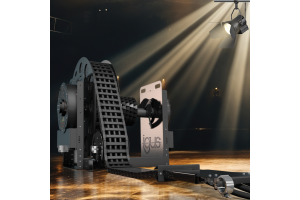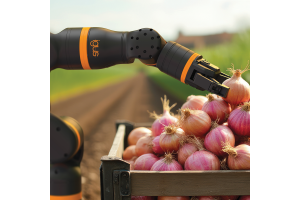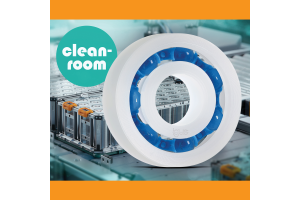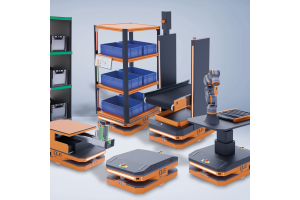ball screw
-
Read More
When determining if an application calls for a lead or ball screw, your decision should be guided through evaluating the inherent advantages and disadvantages of each. This evaluation process can have a significant impact on the performance and economic benefits of linear motion projects. The first step comes from understanding how they differ. Both ball and lead screws use threaded rods to convert from rotary to linear motion. Ball screws, as the name would imply, use recirculating ball bearings to minimize friction. Lead screws, by contrast, rely on a low coefficient of friction from sliding surfaces.
Categories
- PMA Cobot kits (1)
- Safety. (1)
- Safety (2)
- PMA Cable Protection Robotics (1)
- PMA cable protection (2)
- Cable Protection Robotics (0)
- Connectors (2)
- Gearboxes (2)
- Robot conduits (0)
- ILME (2)
- ILME (1)
- Hummel (1)
- Pflitsch (2)
- Pneumatics (1)
- Vacuum (1)
- Treotham Automation (1)
- Gripper (3)
- Safety (10)
- Actuator (1)
- Lead Screw Nuts (0)
- Hygienic (4)
- Wenglor (12)
- igus (79)
- Wieland (1)
- Wieland (0)
Recent Posts
Archive
Tags
igus
wenglor
euchner
connectors
ilme
bearings
energy chain
igubal
drylin
automation
wittenstein
hygienic
food processing
iglidur
schmalz
food industry
ready to connect
cables
stainless steel
treotham
robots
sensor
bearing
cks2
igus energy chain
safety
robot
compact
inductive sensors
thomson
ethercat
igus rebel
gear box
linear units
vacuum technology
chainflex
actuator
prm
lubrication-free
prt slewing ring
locking
enclosures
packaging
robotics
sensors
igludur
cleanrooms
e-chain
finger gripper
AUSRail
